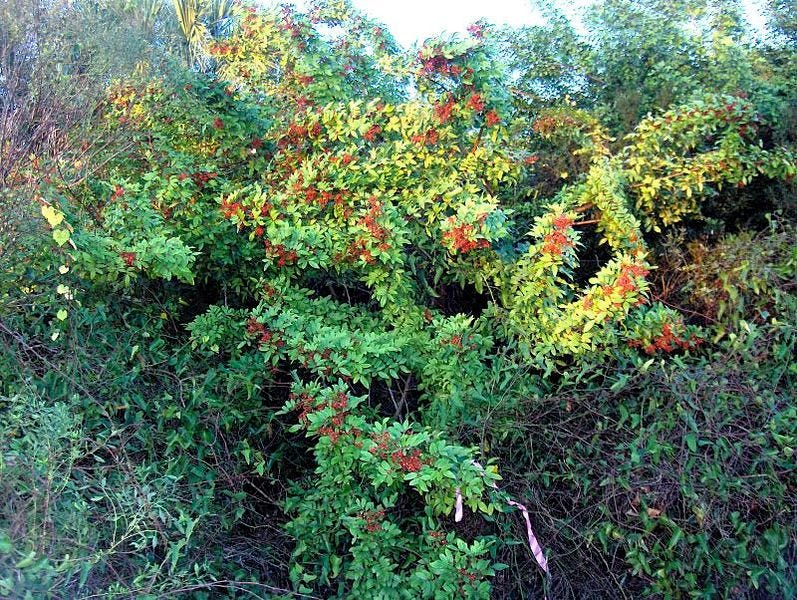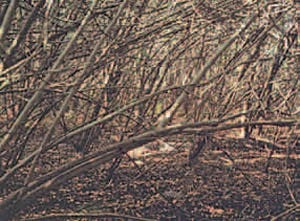Florida's invasive species -- Brazilian Pepper
First in a series.
Since Florida has a subtropical climate and visitors from around the world we tend to have lots of invasive species. Here’s a definition of invasive species:
Any species that has been introduced to an environment where it is not native, and that has since become a nuisance through rapid spread and increase in numbers, often to the detriment of native species.
Recently I was walking at the Merritt Island National Wildlife Refuge and noticed the large number of Brazilian Pepper trees growing there. I knew they’re a very bad news plant and was surprised that little action was being taken to eradicate them from a very sensitive environment. I knew I needed to understand the plant and the challenges they present better. That was the genesis of this article.
From the National Park Service:
Brazilian pepper-tree is native to Argentina, Paraguay, and Brazil. The species was brought into Florida in mid-1800 for use as an ornamental plant. Its bright red berries and brilliant green foliage are used frequently as Christmas decorations.

The tree spreads by 2 methods, either sprouts from a branching root systems or berries eaten and transported by birds and mammals.
So what’s the big deal? A plant’s a plant, right? The problem is Brazilian Pepper tree is so aggressive that it crowds out all other plants creating a plant monoculture. The lack of undergrowth allows erosion and provides really poor cover for animals.

So, Brazilian Pepper trees are really bad news for places that don’t see cold weather. But what to do about them. Researching this question that sent to writing this, mostly as a way to organize my own thoughts on the matter.
Eradication is what most government landowners try to do. But that’s not easy. It involves cutting down the bush and burning it. Additionally it requires the either the roots to be dug up or a mixture of penetrating oil and glyphosate (Roundup) to be poured in the stump. Not for the faint of heart, especially if lots of land plants need to be treated.
Another method of control is fire. Most of Florida was burned on a regular basis once. Brazilian Pepper is not at all fire resistant. Lands that are burned regularly have little problem with them.
But why are the plants not a big deal in their natural habitat in Brazil and Argentina. That probably doesn’t have a single answer. Several state and federal agencies think it’s because of an insect known as a thrip that lives in South America but not in Florida may be stopping it there. They’re planning on testing the thrip to see if it can live and attack the plants here.
Brazilian Pepper trees in dry areas of Texas and California often die of several types of fungal infections that fall under the general term root rot.
Frequently plants like Brazilian Pepper expand quickly in a new environment. But in the long run they may be stopped either by manmade technology fixes or by predators or pathogens following from their old locales. But we humans don’t live in the very long term. And in the short term we may be stuck with chainsaws, fire and roundup to remove them.
In this newsletter I’ll be talking about nature, nature photography, natural places (especially in Central Florida) and whatever else catches my eye. If you like this please hit the share button. Or you can subscribe and be notified via email when I post. Thanks for coming by.

